Total War Battles: Kingdom Review
Pros: Good graphics, vocals and cinematic scenes, tactical gameplay, unique land changing features
Cons: Combat maybe a little too simple, some gold only elements seem unnecessary (such as making your House banner)
We checked out the new MMORTS from Creative Assembly, Total War Battles: Kingdom where players find themselves in medieval England during a time of war and feuding noble houses, bandits, and raiders. The game is very much a more traditional browser style RTS (though whilst not available to play in browser it is available on iOS and Android mobile devices as well as through Steam) and about as far away from any Total War game that we’ve played. Seriously, if you are thinking about picking up the game because you want a Total War game for when you’re on the go then Kingdom is nothing like that and everything from city building and especially combat is completely different.
That isn’t to say that the game isn’t good, it’s actually pretty fun and definitely ranks highly insofar as free to play RTS games go, but the simplicity in some areas makes it clear that mobile devices were very much in mind during development.
So when we first jumped into the game we were taken into a tutorial phase, our Advisor informing us of the sad passing of our father and brother that had left us as the ruler of our Castle and House. The tutorial did a pretty great job of guiding us through the basic mechanics, starting with one of the not so common aspects seen in other RTS: manipulating the environment. The region map is divided into hundreds of hexes and aside from our Castle and a few buildings the rest of the map was generally wilderness; trees, highland, lowland, lakes, rivers, etc.
Our first task guided us to the dam that had burst at the edge of the lake that had led to the river now running through our town, a snake of water tiles leading through our town from the lake all the way to the sea. By building a dam at the beginning of the river suddenly all the river tiles dried up and turned to wetland, by then using the “Raise Terrain” tool we could raise up those river tiles so that water wouldn’t flow into them once the dam was removed, fluidity physics would mean water from the lake automatically flows into tiles that are at an even or lower level than it.
With this same innovative feature in mind our second task was to irrigate a dried up river that had led to our cropland dying (which needed to be next to a river tile), by lowering the tiles next to the lake we actually had water pouring into the lower land and formed our own river. It was all a pretty intriguing system that had lots of practical purposes, drying up rivers to give you extra land being the primary one. Other world manipulating elements consisted of Woodcutters chopping down tree tiles which not only give you extra land but resources; along with food, silver and stone these are all necessary commodities used in every element of building and training up troops.
Constructing buildings gave us access to new units or features, where the buildings themselves were restricted until we hit certain levels, and the number of buildings/types you can have is restricted by the rank of your castle, and the rank of your castle is restricted by a lot of other pre-requisites. Buildings normally need to be connected to each other, one building taking up one whole hex tile, and buildings were granted bonuses for being next to certain other building types such as Residential homes for workers being next to Churches. To build further afield then it required building another Castle and essentially starting up a new city, the size of the region allows for around 2 cities per area as Castles can’t be anywhere closer than 13 tiles from each other.
Unlocking new regions was another interesting feature in the game, by building a road to one of the watchtowers on the edge of our territory it allowed us to talk with the noble Lord or Lady of the next region and have the chance to take their lands. The first region of Grasswell asked we pay tribute (lots of resources, which seemed to be a common if not costly way to get access to these areas) or use Renown, to do this it meant completing a mission of “Challenging” difficulty. At all times there were a handful of missions for us to take on, generally battling AI raiders, revolting peasants or enemy Lords, with different ratings that would give us better rewards. It was an easy enough mission to complete and the different choices with how to get access to the new region were quite a nice element, however, the second region of Wedgewood required us to reach rank 18 in PVP. By this point we’d played just short of three hours and had only reached level 8 and still hadn’t unlocked the PVP feature, so we began to see the more linear progression with the game wanting players to advance at a set pace.
Combat was definitely different to what we had expected, in part it was a little disappointing as we are big fans of Total War and the combat system, as mentioned, is nothing like any of the other games and it’s hard to not have expectations. We got over it quickly and embraced the system; with each type of military building you construct you get to create a new unit for your army; ranged, melee, mounted and more, the game does have that rock-paper-scissors playstyle where each unit generally has an opposing unit it can dominate and one that counters it (e.g. swordsmen kill spearmen, spearmen kill cavalry, cavalry kill swordsmen). We could build up the composition of our army however we liked, choosing which new military buildings to construct to add to our overall accessible units.
However, you don’t get to take every unit you control into battle, your standing army has a maximum of nine slots in a 3 by 3 formation (three frontline, three mid and three backline), you start with a lot fewer available slots and unlock new ones as you level up making your army stronger to go up against more powerful players and AI. In a battle the two armies march towards each other and automatically engage in the middle of the field, attacking whichever enemy is in their lane as soon as they encounter them. You do get to move your units around to try and counter the positions of the enemy, and as an action you can have them switch with adjacent unengaged units during combat, but otherwise there’s a lot less hands on orchestrating with moving the troops around as you get in normal Total War games. Each unit does have basic actions such as a charge that if timed well can really injure melee troops, or Archers having the ability to target any unit that is within range and not just their own lane. Further skills are unlocked through building Churches, each Church putting a religious artefact into your possession and letting your army carry it into battle, these are army wide skills that any unit can use. Alternatively each unit will gain XP through battles (much like Total War Arena) and can be independently levelled up to increase their attributes or gain various skills.
We’ll happily say we liked the game and would recommend it to anyone looking for a more casual RTS; it’s tactical enough to make you think things through and the city/empire building element is really well done. From what we could tell the premium currency element (Gold) doesn’t seem too pay to win; some features and units are gold only purchases, but it seems like you can earn it through plenty of different features. We’re not sure how players can get involved with each other that much, not from our time playing, either as enemies or allies, but most of the game does seem to be PVE focused, but still thoroughly enjoyable.

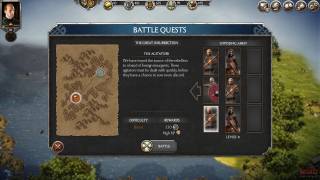
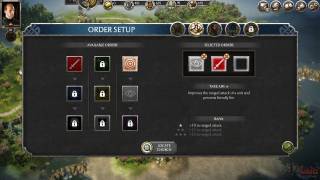
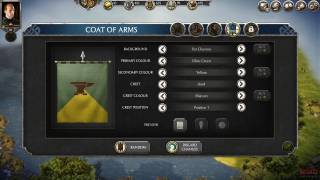
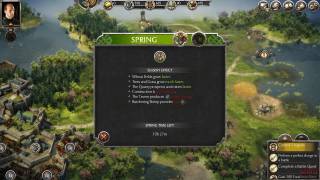
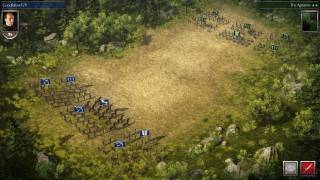
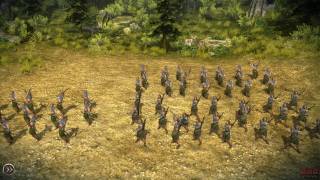
Deja tu comentario
You must be logged in to post a comment.